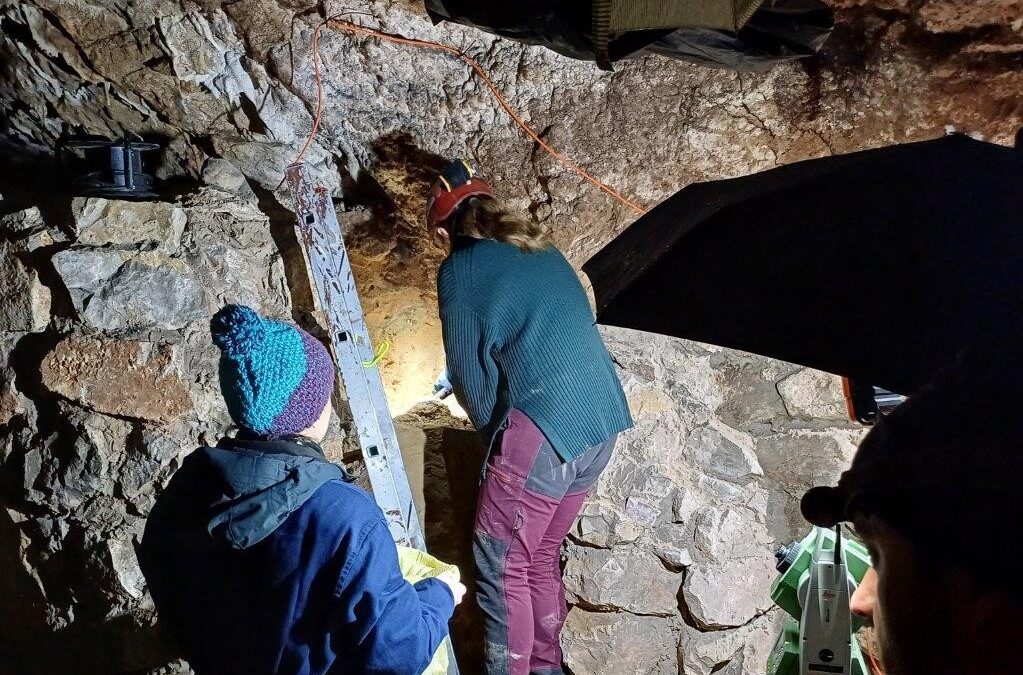Two hundred large and well-preserved bear, cave lion and mammoth bones and other artefacts have been discovered during archaeological works in one of the most famous caves in Poland. The scientists expect that there could be up to thousands of small artefacts in further layers of soil.
The works there are being conducted for the first time since the 1960s and are intended to help research climate change and establish the history of Neanderthal man in the area.
The cave, called Paradise Cave (Jaskinia Raj) for its spectacular natural rock formations, is located in the Świętokrzyskie province.
“It is one of the most famous and important archaeological sites in Poland, yet we know very little about it,” Małgorzata Kot from the archaeology department at the University of Warsaw told the Polish Press Agency (PAP).
The archaeologist pointed out that research at the site was only carried out in the 1960s, shortly after the discovery of the cave. Then “huge quantities of animal bones and traces of at least two Neanderthal visits to the site” were found.
But Kot, who is supervising the current works, highlighted that since then, new methods have been developed that allow for more insights into the history of the cave.
Currently, research was being carried out until Saturday in the cave entrance, with excavation work covering only about half a square metre. But the research will continue on a larger scale in June and July.
A mammoth ivory pendant discovered in a cave in Poland is the oldest jewellery of its kind ever found on the Eurasian continent.
The item is around 41,500 years old, according to carbon dating https://t.co/HeWuX3Y7k1
— Notes from Poland 🇵🇱 (@notesfrompoland) December 3, 2021
“We are already able to estimate that not only Neanderthals but also modern man lived in the cave. Which has not been recorded before,” the researcher pointed out.
The project aims to reconstruct in detail the climate and environmental changes that took place in prehistoric Southern Poland and their impact on settlement strategies.
The Paradise Cave was formed in limestone rocks about 360 million years ago. It was discovered by pupils of a Kraków school in 1964 during field classes. The cave is famous for its mineral formations and since its opening to the public in 1972 has drawn thousands of tourists every year.
A medieval gold ring, likely to be from the 11th or 12th century, has been discovered beneath Wawel Castle, the former seat of Poland's kings.
It is the only one of its kind ever found on Polish territory https://t.co/JXJp1hQsEe
— Notes from Poland 🇵🇱 (@notesfrompoland) February 6, 2024

Notes from Poland is run by a small editorial team and published by an independent, non-profit foundation that is funded through donations from our readers. We cannot do what we do without your support.
Main image credit: Jaskinia Raj

Agata Pyka is a former assistant editor at Notes from Poland. She specialises in Central and Eastern European affairs, cybersecurity, and investigative reporting. She holds a master’s degree in political communication from the University of Amsterdam, and her work has appeared in Euractiv, the Balkan Investigative Reporting Network (BIRN), and The European Correspondent, among others.



















